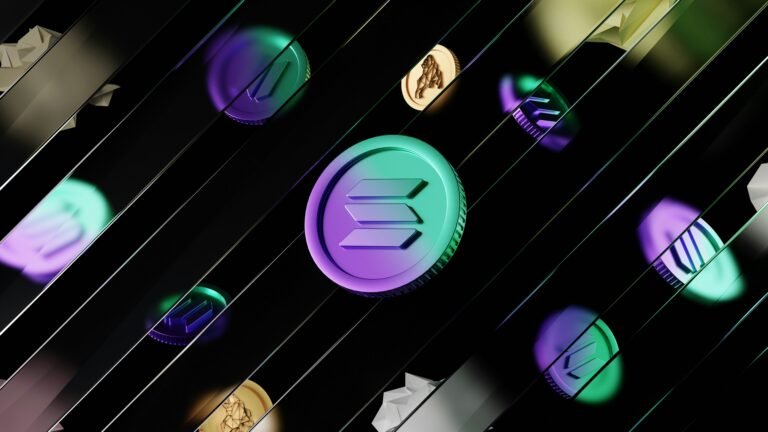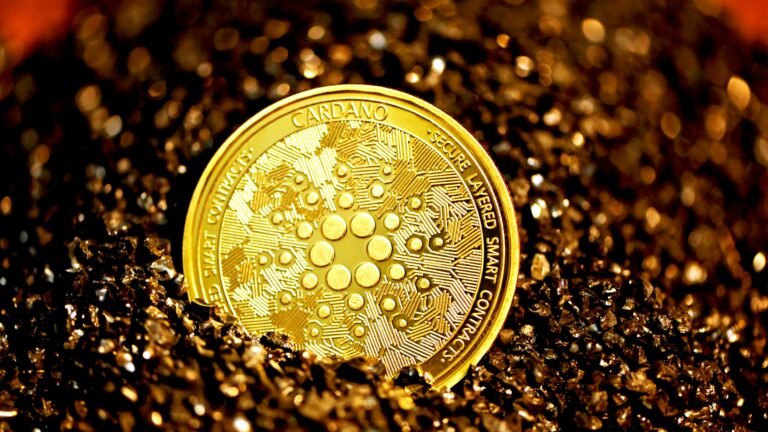- Solana is a fast and low-cost blockchain that processes up to 65,000 transactions per second.
- Solana powers smart contracts, NFTs, and DeFi apps, making it a key player in the crypto space.
Solana is one of the most popular cryptocurrencies today. It was launched in 2020 and quickly gained attention for its speed and low transaction costs. Unlike traditional currencies, Solana operates entirely online, using blockchain technology to keep records of transactions.
Solana started trading at under $1 per coin but skyrocketed to $258 in November 2021. After a rough 2022, it rebounded and hit a new all-time high of $294 in January 2025. As of March 3, 2025, Solana is trading at around $150, making it one of the top 10 largest cryptocurrencies by market value.
How Solana Works
Solana runs on a decentralized computer network, eliminating the need for banks or middlemen. It processes transactions using a unique system called proof of stake combined with proof of history. This allows it to handle up to 65,000 transactions per second at a cost of less than a penny each.
Unlike some cryptos that function only as digital money, Solana also powers applications like smart contracts, NFTs, and decentralized finance (DeFi) services.
What Can You Do with Solana?
1. Send and Receive Payments
With a crypto wallet, you can send Solana to anyone or use it to pay for goods and services.
2. Smart Contracts
These self-executing contracts process transactions automatically when conditions are met.
3. Non-Fungible Tokens (NFTs)
Artists and creators can sell digital collectibles on Solana’s blockchain.
4. Decentralized Finance (DeFi)
Solana enables financial transactions without banks or government control.
5. Decentralized Applications (DApps)
Developers use Solana to create apps for gaming, social media, and investing.
Where Do Solana Coins Come From?
As of March 2025, about 595 million SOL coins are in circulation. Solana issues new coins annually, but the rate decreases over time. Unlike Bitcoin, which has a fixed supply of 21 million coins, Solana’s supply grows at a controlled rate.
People who stake Solana with validators earn rewards. Validators verify transactions and receive new SOL coins as a reward, sharing a portion with stakers. However, if they approve fraudulent transactions, they can lose their staked coins.
Is Solana a Good Investment?
Solana has seen massive price swings, rising from under $1 to nearly $300 in a few years. However, crypto prices are highly speculative. Unlike stocks, which represent ownership in a company, Solana’s value depends on traders’ confidence.
Crypto’s future is uncertain, and prices can crash at any time. If you invest in Solana, only use money you can afford to lose.
Solana’s speed and versatility make it a strong player in the crypto world. Whether you’re trading it, using it for NFTs, or exploring DeFi, Solana offers many opportunities. But like all cryptocurrencies, it comes with risks. If you’re thinking of investing, understand the volatility and proceed with caution.

